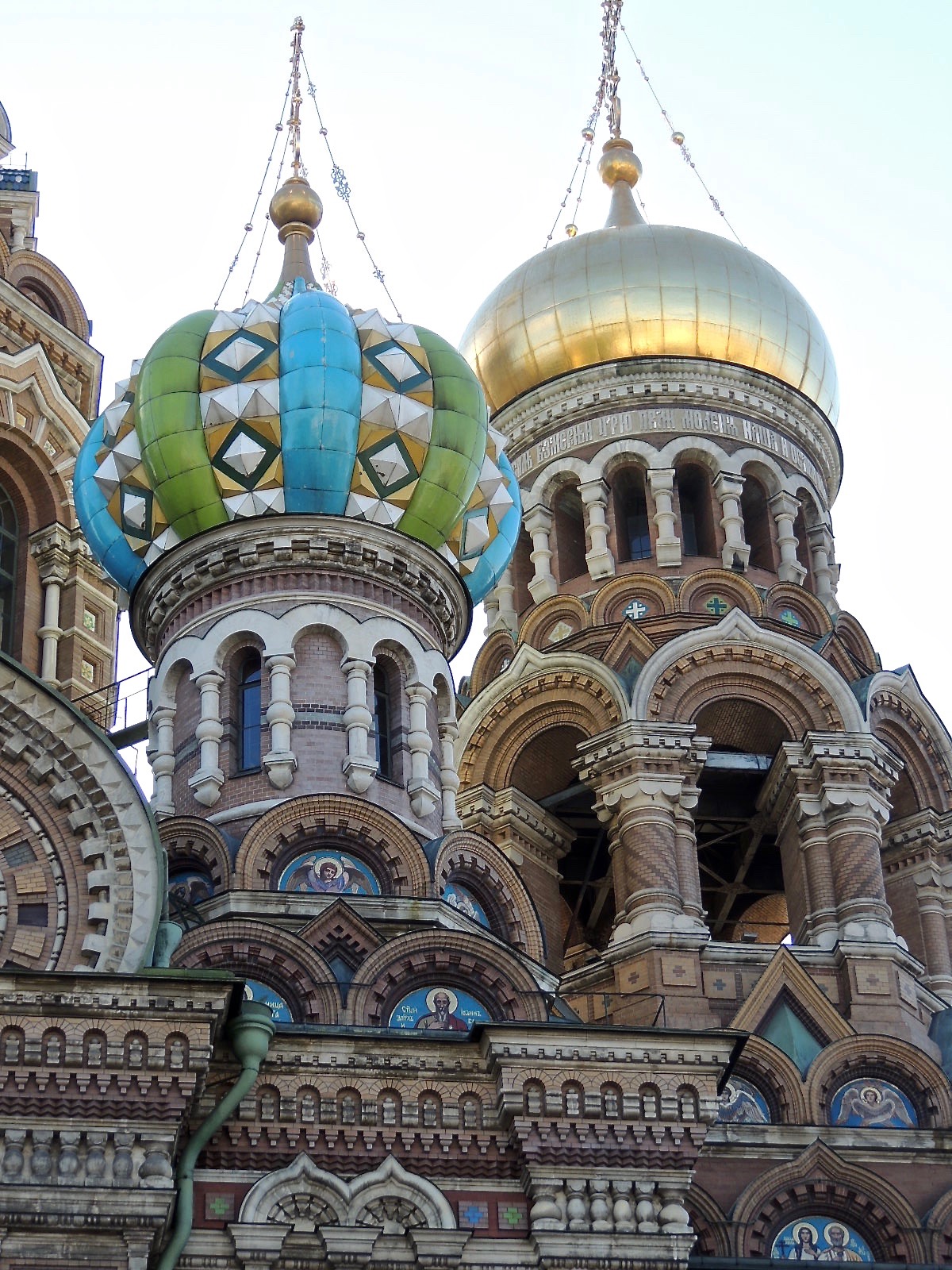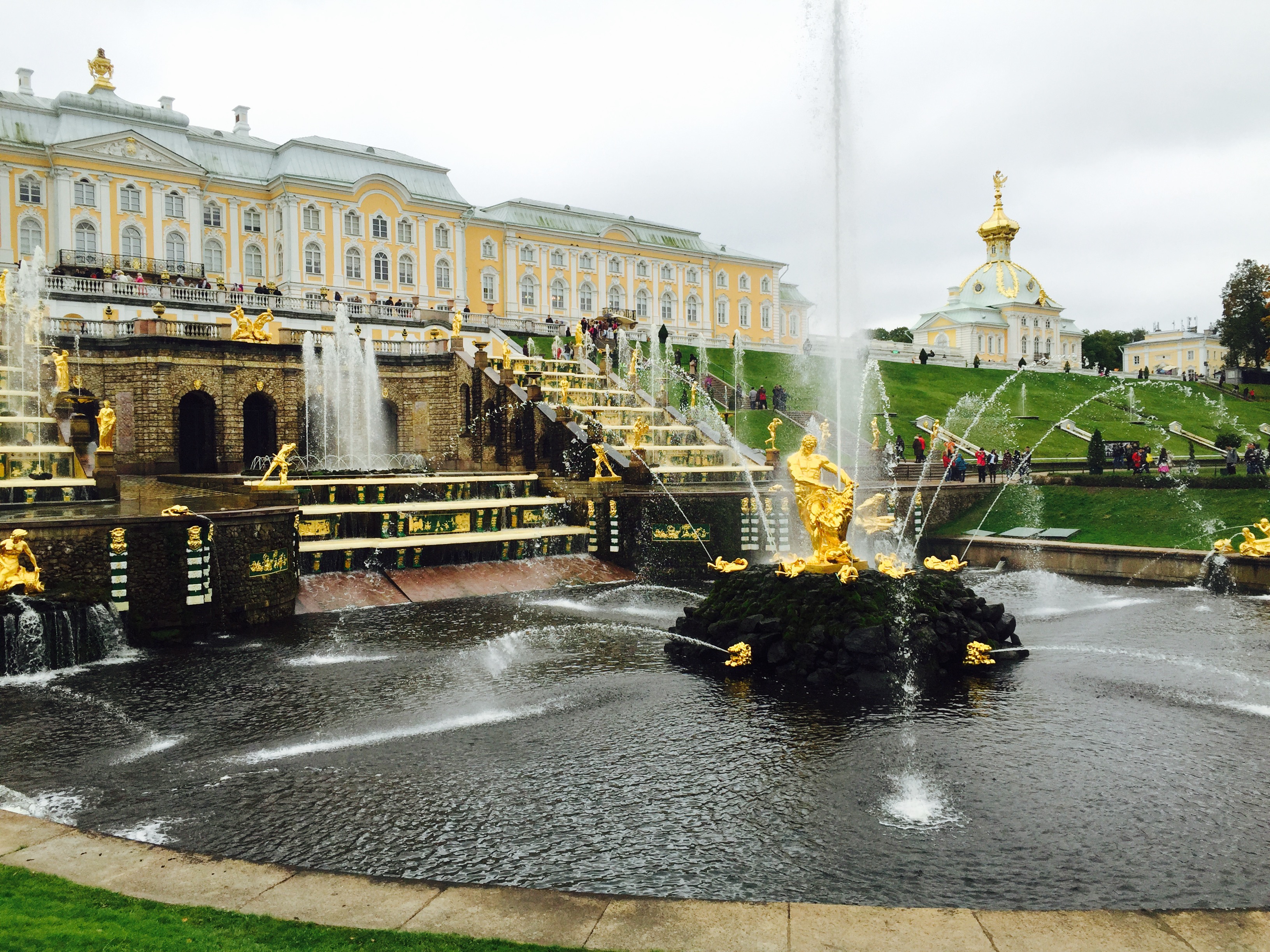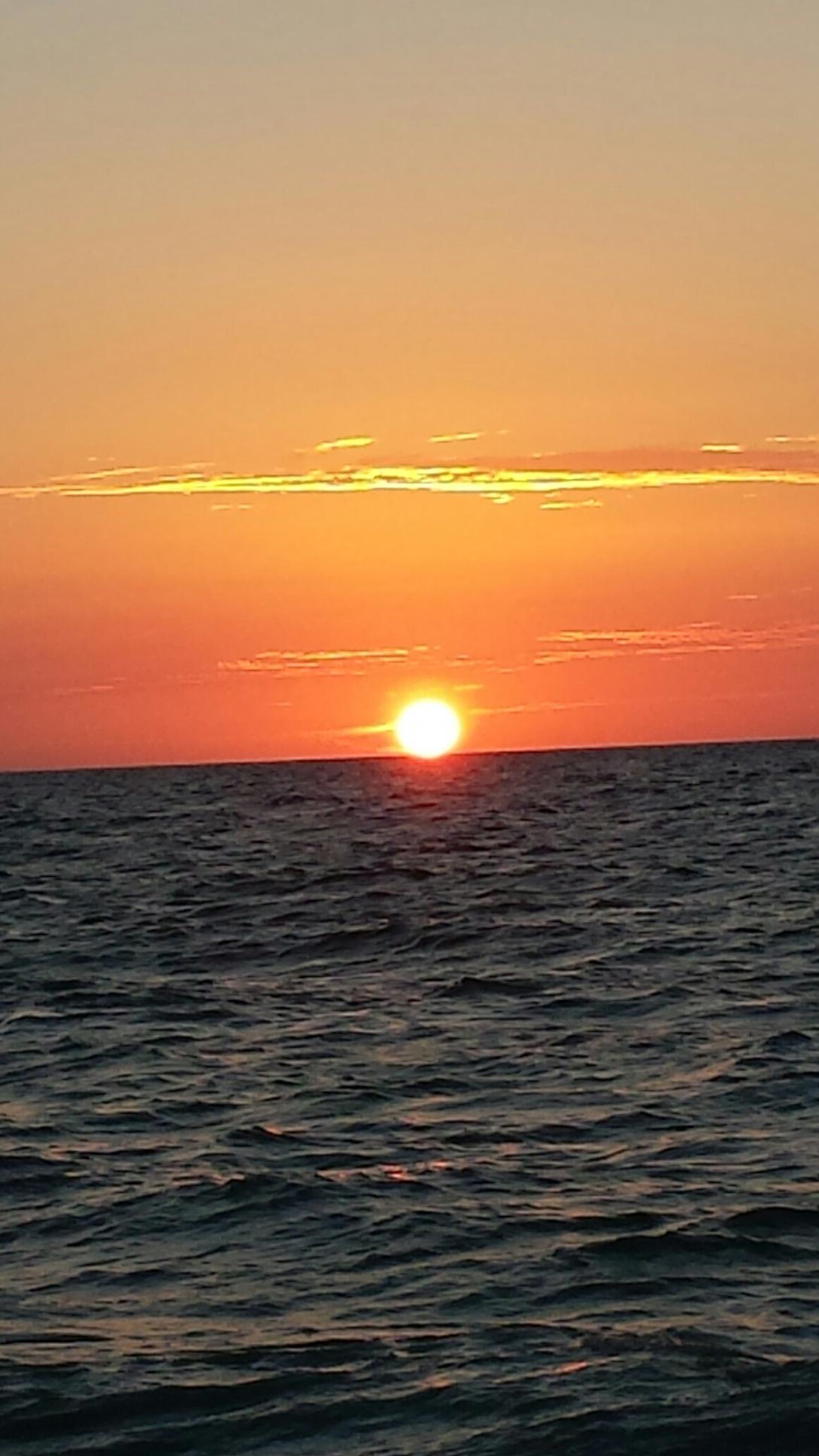
Sts. Peter and Paul Fortress and Cathedral
Peter the Great ruled Russia from 1672 until his death, 1725. Peter realized that for Russia to become a great power, it needed a shipping outlet. At the time, Sweden had the most advanced military. Peter chose to fight the Swedes for northern access through the Baltic Sea. After 21 years of the Great Northern War, Russia succeeded in defeating the Swedes and gaining access to the Baltic Sea. Peter wanted a more European style city and began building St. Petersburg on the Gulf of Finland. This was a swampy area and took great financial and physical expense to begin building a protective fort. However, Peter died before it was completed. The fortress was never used for defense.
The people of St. Petersburg dislike this statue of Peter the Great because it is an uncomplimentary picture of the tsar’s physical characteristics. He was said to have worn large shoes to disguise his small feet. His fingers were long and his head small. He stood 6’5″ (2 meters) tall. He was considered to be a handsome man, strong physically, intelligent, and energetic.
How the island got its name: The legend is that when Peter I was walking around the island, a Hare jumped into his arms. The island was named Zayachy Ostrov or Hare Island, the last island upstream of the Neva River.
Beginning with Peter I, almost all the Imperial rulers of Russia, the Romanovs, are buried in Sts. Peter and Paul Cathedral. The statue on the left side of the photo, circled in red, is Peter I which sits above his tomb. The fort was never used to defend St. Petersburg. Instead, the fort became a prison. The first person incarcerated was Peter I’s son, Tsarevich Alexei. He was the son of Peter’s first wife, who he exiled to a nunnery. Alexei was accused of plotting against his father. He died before his execution. The fortress and cathedral are a museum; the mint and religious worship are the only functioning services.
St. Peter standing beside the central altar holding the keys to heaven.
History records that the cross was crooked above the cathedral. Peter I offered an unlimited reward to anyone who would repair the cross. No one came forward. Finally, one man volunteered. After completing the repair, he told Peter I that he wanted a daily cup of free Vodka from any bar, everyday of his life. Of course, his cup was stolen on the first day. So, Peter had a brand placed on his neck to identify him to the barkeepers. When he went into a bar, he would flick his finger at his neck to show his “tattoo.” This “flick of the finger on the neck” became a sign, still in use today, to indicate getting a drink or being intoxicated.
St. Isaac’s Cathedral:
St. Isaac’s Cathedral is the main church of the Russian Empire. It’s easy to spot because of the gilded cupola. St. Isaac’s was close to my hotel. I always knew where I was when I saw the gilded gold dome. From 1818-1858 (forty years) the cathedral was under construction.
During WWII, the gold cupola was painted grey in order to disguise it from air attack. When the Soviet government took power, the religious icons were stripped from the cathedral. This was not reversed until the Soviet collapse. Currently, religious services are now held in a section of the cathedral.
These beautiful bronze doors have reliefs similar to those in Battistero di San Giovanni in Florence.
If you have the energy, there is a observation walkway around the dome that requires a climb of 300 steps. This will provide you a birds-eye-view of St. Petersburg.
Church of the Savior on Spilled Blood:
Of the St. Petersburg cathedrals, the Church of the Savior on Spilled Blood is my personal favorite for two reasons: first, the history of why the church was built and, second, the mosaics in the church.
Tsar Alexander II was a reformer. Many people disagreed with his programs and several unsuccessful attempts were made on his life. One day in 1881, a terrorist threw a grenade at Alexander’s carriage. He was dazed, but unhurt. Alexander jumped out of the carriage to apprehend the man. At that time, another man exploded another grenade killing himself and mortally wounding the Tsar. Alexander III (s0n) wanted to build a memorial to his father. With private contributions and government funds, construction began. The architecture is medieval Russian, which in my opinion, is the most beautiful of all St. Petersburg’s churches.
Mosaics: Church of the Spilled Blood contains over 7,500 sq. meters of mosaics. The walls and ceilings are covered with mosaics. However, the most interesting part of the history is what happened during and after the Russian Revolution of 1917. The Bolsheviks looted and destroyed much of the interior of the church. During WWII, the church was used as a morgue and at the war’s conclusion, it became a warehouse for vegetables. This beautiful church was in shambles.
The restoration of the church began in 1970 and 27 years later (1997), it was completed and re-opened as a museum. Now, this is one of the most popular tourist attractions in St. Petersburg.
As you leave the church, there is a glass case which shows the craftsman’s tools, such as tweezers, used to reconstruct the church’s interior. This is definitely an icon of St. Petersburg and a site not to be missed.
Best Way to see St. Petersburg:
I only had three days to see St. Petersburg. In a city with this much history, three days would be a beginning. Before the trip, I searched the internet to find tours for the various landmarks. What I found was disjointed…a day tour here, a half-day there. So much was being missed and precious time wasted. As luck would have it, I found the website, St. Petersburg Essential Guide, owned by Davide Castellucci and Anastasia Druzhevskaya. Both speak excellent English.

Davide Castellucci (St. Petersburg Essential Guide) and Annie on a bike tour of a local neighborhood.
I contacted Davide, explained what I was trying to do, and within one day, Davide laid out a plan for me to see all the great landmarks with a guide, Veronika and a driver, Victor. I know you are thinking…no way I can afford something like that. Not true! Using Davide’s plan was actually less expensive than being “part of the herd” with a tour group. Victor drove us to each location and patiently waited for our return. With our special tickets, Veronika got us through doors and gates, bypassing the long lines. She pointed out the important points at each historical site, which made it interesting and less tiring. We ate typical Russian food (delicious). In short…we had fun!
There is so much history. Veronika drew me a “cheat sheet” so I could remember the Who’s Who of Romanov Russia. Take notes. Lots of remarkable history to learn.
About the Author:
Annie Coburn recently returned from seven months traveling in South America. In 2010, she created Fab Placez. The name fell short of defining her target audience – mature travelers. In 2014, she changed the name of her website to FAB Senior Travel. She publishes travel articles from other writers, as well as her own, in order to provide diversity of locations to match the breadth of FAB’s subscribers’ interests.
I invite you to subscribe to my website: http:// www.fabseniortravel.com























Hi Anne. We met on the cruise to St. Petersburg. Love your pictures! and your historical background of the city. Look forward to reading part 2.
Glenn